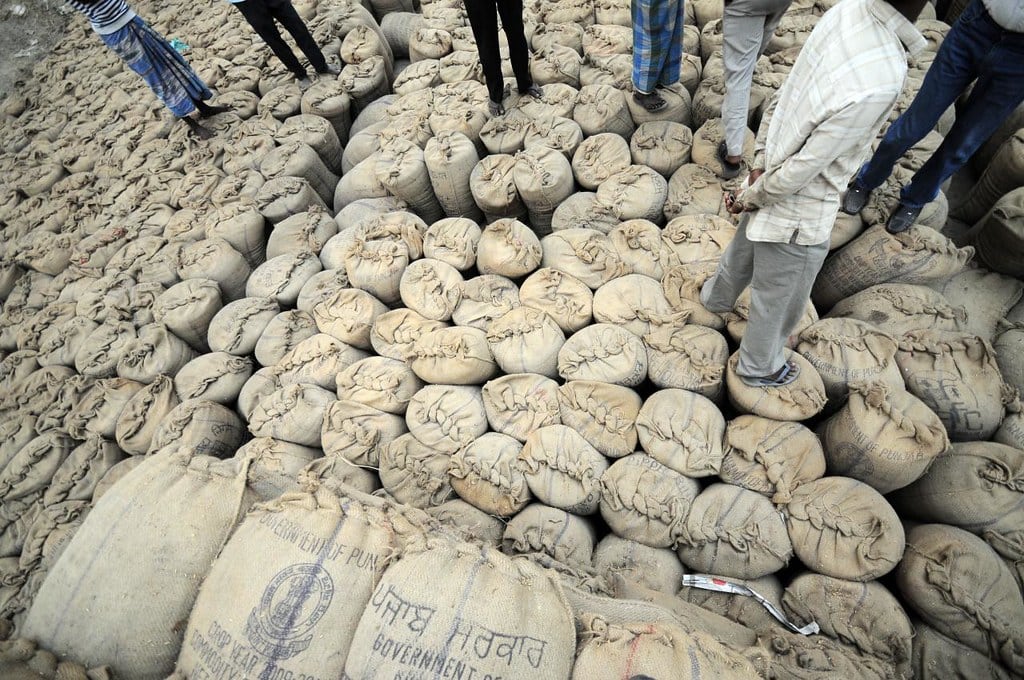The links between food-related trade and fiscal policies and obesity rates in low- and middle-income countries
- From
-
Published on
21.01.22
- Impact Area

BY KIBROM ABAY, HOSAM IBRAHIM, CLEMENS BREISINGER AND ALI ABDELHADI
Global overweight and obesity rates have almost tripled since 1975 and are expected to continue rising over the next few decades (Shekar & Popkin, 2020). This trend is alarmingly steeper in low- and middle-income countries (LMICs) compared to high-income countries, where the same rates are gradually declining (Ng et al., 2014, Shekar and Popkin, 2020). Obesity and overweight are major public health problems strongly linked to high prevalence of non-communicable diseases (NCDs) such as diabetes and cardiovascular disease, which are projected to have an overall cost of almost $7 trillion in the next 15 years in LMICs, placing additional fiscal burdens on already vulnerable economies (Shekar & Popkin, 2020).
Photo credit: Neil Palmer/CIAT
Related news
-

A decade of academic and research partnership advances One Health in Vietnam
International Livestock Research Institute (ILRI)13.11.25-
Health
In northern Vietnam, Thai Nguyen province has become one of the most active hubs for…
Read more -
-

Positioning healthier rice varieties in Odisha for market demand and farmer income
International Rice Research Institute (IRRI)28.10.25-
Nutrition
-
Poverty reduction, livelihoods & jobs
In western Odisha, farmer groups and women’s self-help groups are taking the lead in bringing…
Read more -
-

SOILutions for Security: CGIAR at the 2025 Borlaug Dialogue
Multifunctional Landscapes Science Program22.10.25-
Biodiversity
-
Environmental health
-
Environmental health & biodiversity
-
Food security
-
Nutrition
From October 21–23, CGIAR will join global partners in Des Moines, Iowa for the 2025…
Read more -
